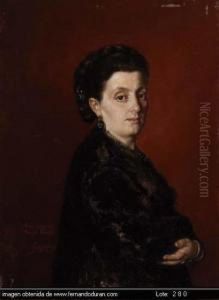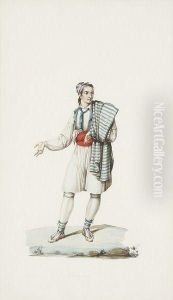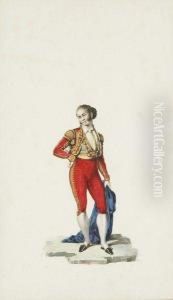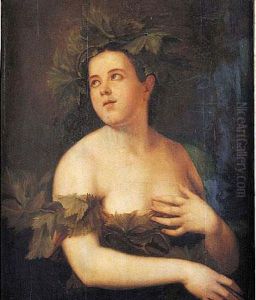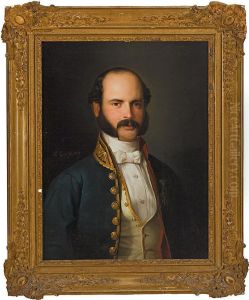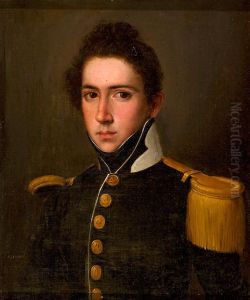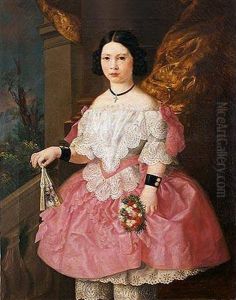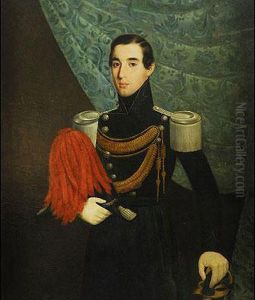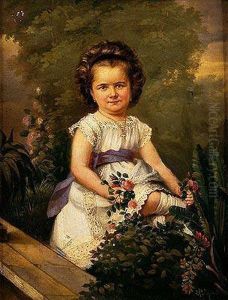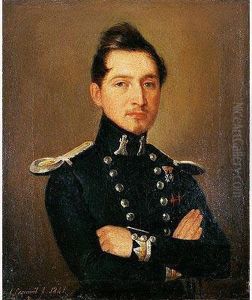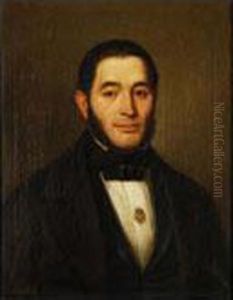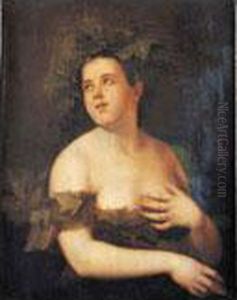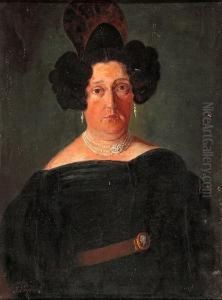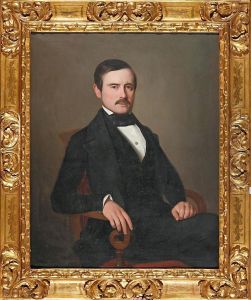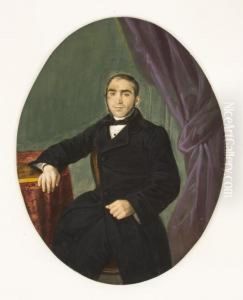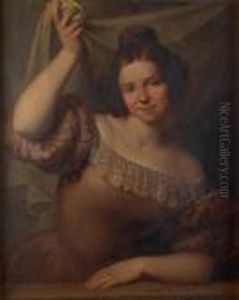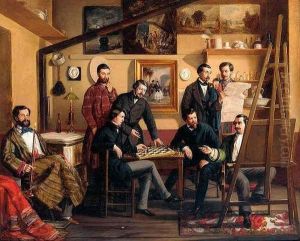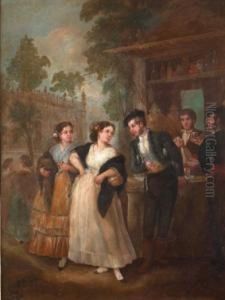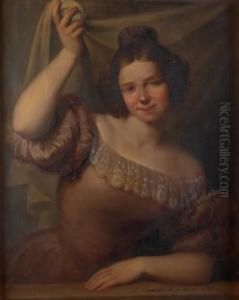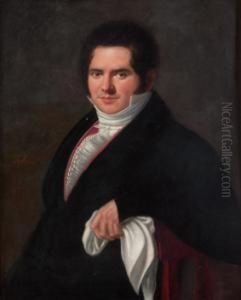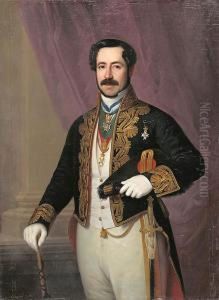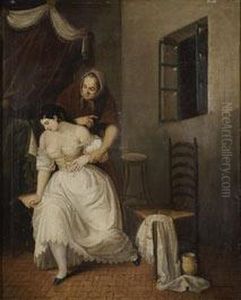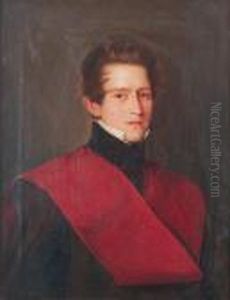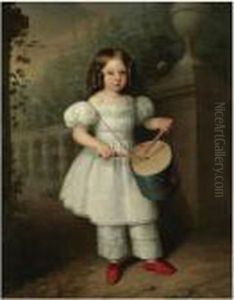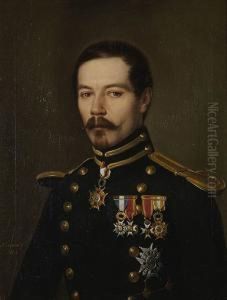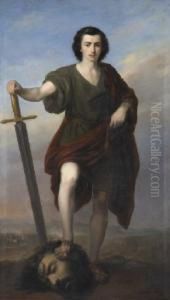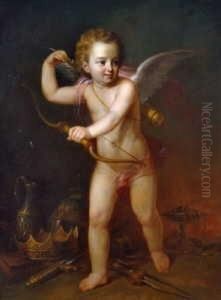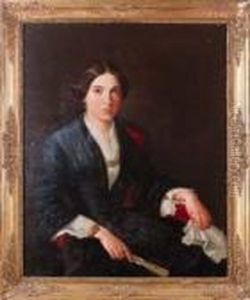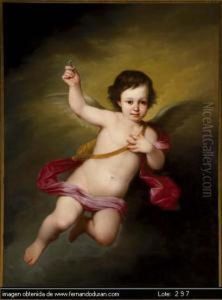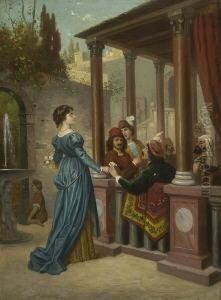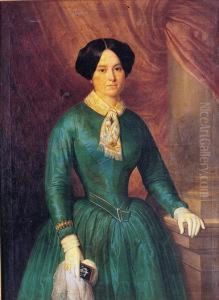Antonio Maria Esquivel Y Suarez De Urbina Paintings
Antonio María Esquivel y Suárez de Urbina was a distinguished Spanish painter of the Romantic period. Born on March 8, 1806, in Seville, Spain, Esquivel is known for his portraits and religious-themed works. He was an artist who reflected the Spanish romantic spirit in his paintings, with a particular ability to capture the psychological nuances of his subjects.
Esquivel began his studies at the Royal Academy of Fine Arts of Saint Elizabeth of Hungary in Seville under the guidance of José Domínguez Bécquer, father of the poet Gustavo Adolfo Bécquer. He later moved to Madrid, where he continued his artistic education. In 1831, he won a silver medal at the National Exhibition of Fine Arts, which helped establish his reputation.
Throughout the 1830s and 1840s, Esquivel became a prominent figure in the Madrid art scene. He was appointed as a court painter and gained the patronage of the royal family and the aristocracy. His works from this period often depict historical and literary characters, imbued with a sense of drama and emotional intensity typical of Romanticism.
Esquivel's portraits are particularly noted for their sensitivity and finely detailed representation of his sitters. Among his most famous works are the portraits of the Duke and Duchess of Montpensier and 'Queen Isabel II giving her decree against slavery in Puerto Rico.'
Tragically, Esquivel's career was cut short when he contracted cholera in 1850, which left him blind. Despite his disability, he continued to paint until his death on April 9, 1857, in Madrid. His legacy is preserved in the Prado Museum in Madrid, among other institutions, which houses some of his most significant works. Esquivel remains an important figure in the history of Spanish art, remembered for his mastery in portraiture and his role in the Romantic movement.
